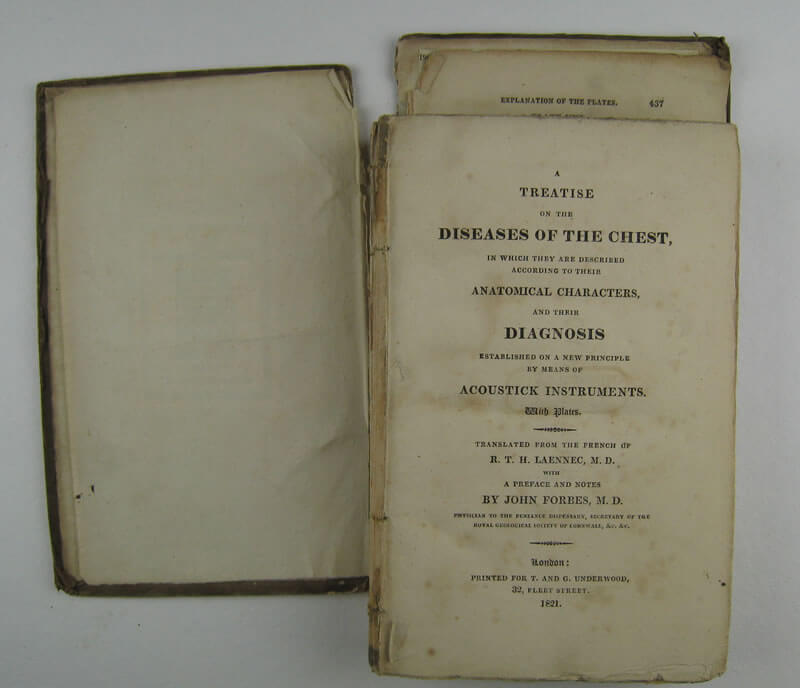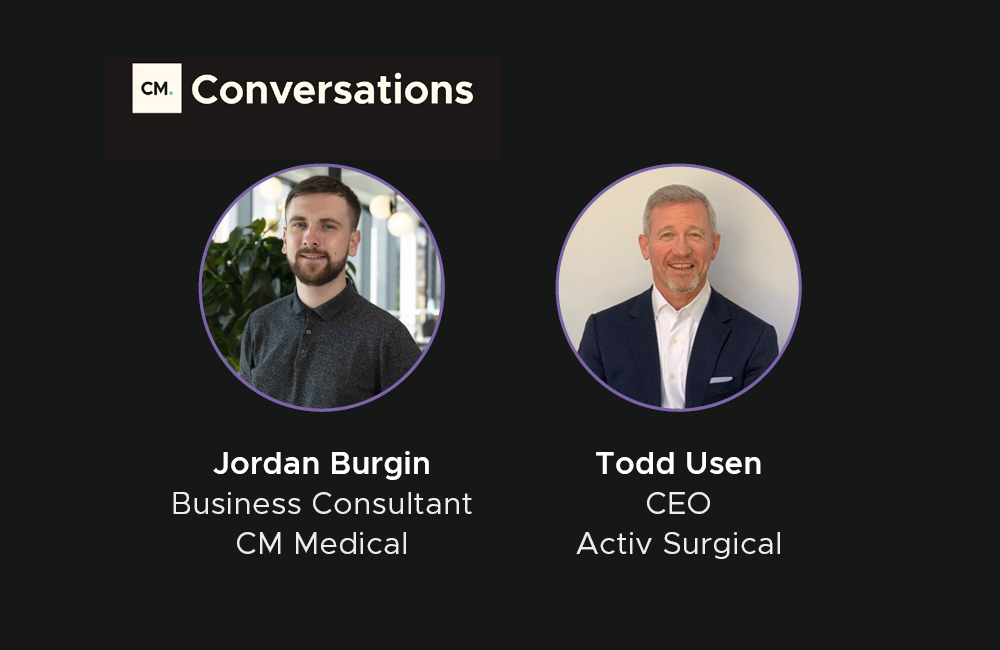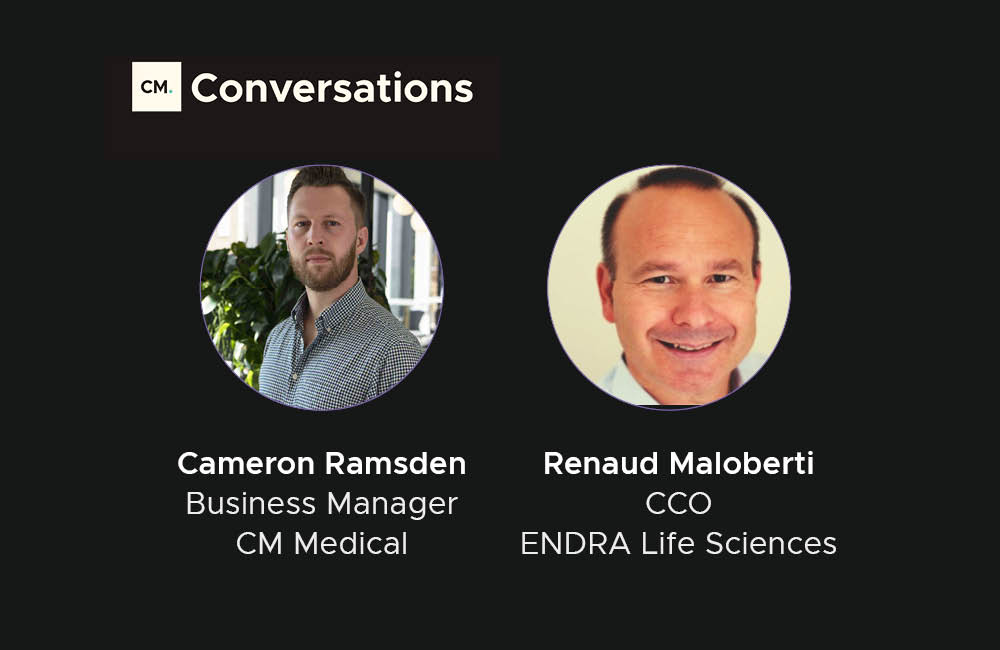.jpg)
.jpg)
From Owl's Blood to Iron Lungs: The Evolution of Respiratory Care.
It’s respiratory care week, so I’m looking back to see how treatment has evolved…
Owl’s blood and wine.
That was Aretaeus of Cappadocia’s sure-fire solution to asthma in around 100AD. Thankfully, that cure for the condition disappeared with him and the rest of his Ancient Greek contemporaries.
While owls can breathe a hoot of relief that this cure for asthma is long gone, various other Ancient Greek elements of respiratory care have endured.
Erasistratus, an Ancient Greek, is widely considered to have been the first to describe the pneumatic theory of respiration, in which air travels through the lungs to the heart. While mouth to mouth resuscitation can be traced even further back to the bible.
So, respiratory care has been around for some time – you might say as long as respiration. However, some treatments were a little bit closer to today’s scientific solutions than others.
Taking a big leap forward in time to 16th century Belgium, sadly there’s more bad news for animals. Here we encounter Vesalius, who was credited with performing a thoracotomy on a pig, placing a reed tracheotomy tube in for the animal.
Skip another 200 years and it’s a Brit in the mid 1730’s who first reported successful resuscitation methods. 30 years later, Lavoisier, a Frenchman, discovered a highly reactive gas he called dephlogisticated air, later giving it the slightly catchier name oxygen.
Lavoisier’s work continued and established him as a major player in the foundations of modern chemistry and respiratory care. After his time in the sun and then subsequent death, the 19th century brought with it some big advances for respiratory care.
The first stethoscope cropped up in 1816, invented by Laennec. This went hand in hand with his book, Diseases of the Chest, which many class as the starting ground for modern pulmonology.

30 years later and the spirometer made its first appearance, after it’s inventor John Hutchinson used it to measure the lung capacity of more than 2000 subjects.
That device was further developed by Woillez’s negative pressure ventilator, a precursor to the now legendary iron lung. Just two years after that, another Frenchman, Bert, discovered that low oxygen levels caused hyperventilation. As the acceleration of knowledge in the field increased, everything started coming together in one, bigger and more comprehensive, field of study.
As with so many different areas of science, healthcare and technology, things didn’t slow down in the 20th century. 1904 saw the first use of a negative pressure operating chamber in surgery, and 1907 saw the first large scale production of oxygen, by von Linde. Incidentally today, Linde Inc is the world’s largest industrial gases company.
The next few decades, up until 1930, brought with them the introduction of the pulmotor ventilaro and invention of the laryngoscope. The war also saw the first uses of oxygen masks to treat combat veterans experiencing pulmonary edema, as well as Drinker’s infamous ‘iron lung’ negative pressure ventilator.
The next few decades saw technologies be continuously tweaked and improved. Various versions of the oxygen mask were introduced, as was the increased use of positive pressure ventilators – meaning less of a reliance on the gigantic machines that had been used previously.
Regulation and qualification also came into play in the mid twentieth century. 1961 saw Jenn become the first respiratory therapist. He really started a trend; by 2005, in the US alone, there were 132,651 registered.
In more recent years, we’ve seen respiratory care improve dramatically. As we look at today’s healthcare space, and further ahead, there’s even more promising signs with smart tech being developed and commercialized.
Why smart tech? Well, apparently 50% of patients fail to take their daily respiratory medication as prescribed. New technology, including smart inhalers from companies like Amiko and Adherium are working to change this by monitoring and administering drugs in the correct amounts.
Propellor Health have also created a digital respiratory platform which can integrate smart products like those, while other notable mentions should go out to Fluidda, who have an AI-assited repiratory imaging platform of their own.
Like in all areas of healthcare, the respiratory space if moving toward a model of preventative care. CRiL have created a predictive home respiratory management system, telling patients and physicians about respiratory incidents before they happen, which could solve many crises before they happen, instead of scrambling to find a solution after the event.
So, owl’s blood and wine are long gone, mouth to mouth has remained and we’re at the cusp of something really exciting thanks to AI. A break-neck run down of the history of respiratory care in honour of respiratory care week, that I’m sure has left you breathless!
Recommended.

Why is AI a Game-Changer for Minimally Invasive Surgery?
Recently, I hosted my first CM Conversations episode on LinkedIn Live. For it, I was joined by an industry expert, Todd Usen, who is the CEO at Activ Surgical. We discussed all things AI and minimally invasive surgery.
.jpg)
"Mental illness is becoming mainstream and there's no magic pill to treat it"
I spoke with CEO and serial entrepreneur Janne Huhtala who has a track record of working with start-ups in neuromodulation. This technology has the potential to change millions of people's lives.
.jpg)
Re-Inventing Eyecare with GlobeChek.
We caught up with GlobeChek’s CEO William Mallon to understand the effect that the pandemic has had on his start-up and the entire ophthalmic industry.

Revolutionising Ultrasound with ENDRA Life Sciences
In this episode it was all about imaging, as we caught up with Renaud Maloberti, Chief Commercial Officer for ENDRA Life Sciences.
Comments.